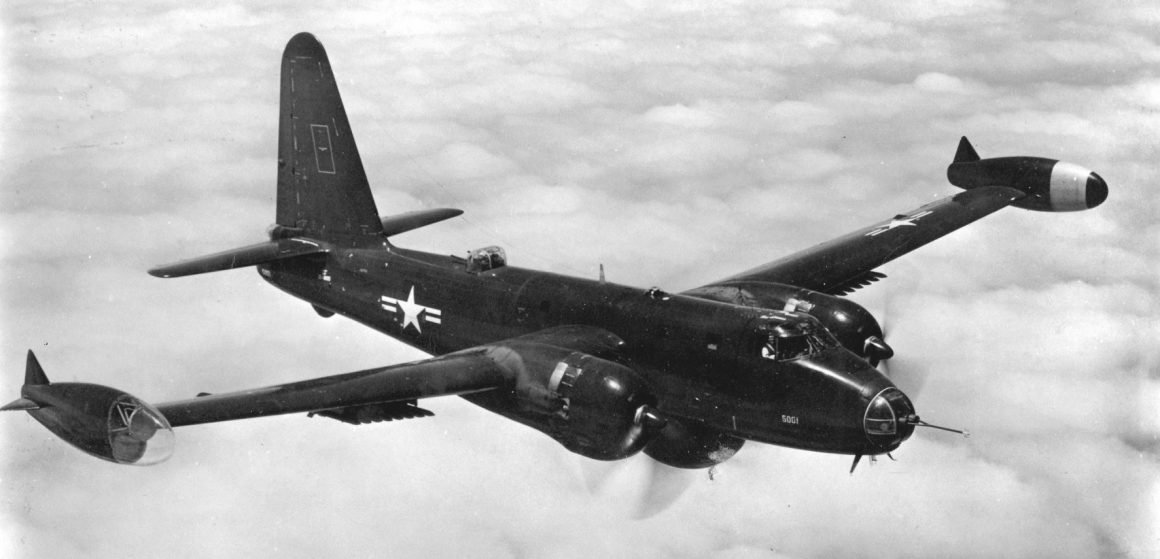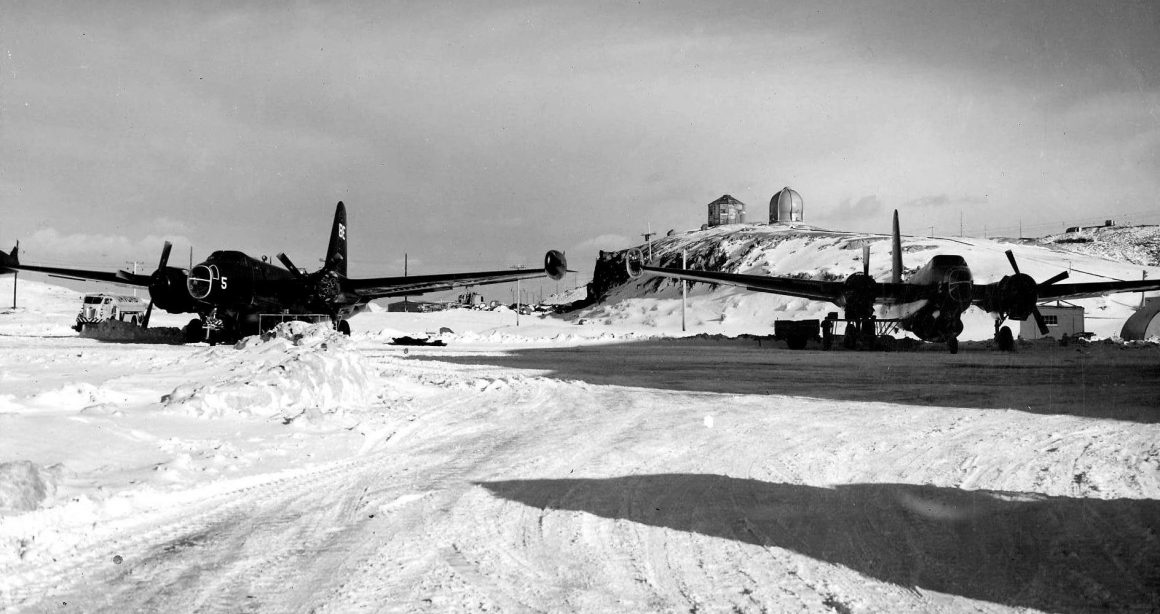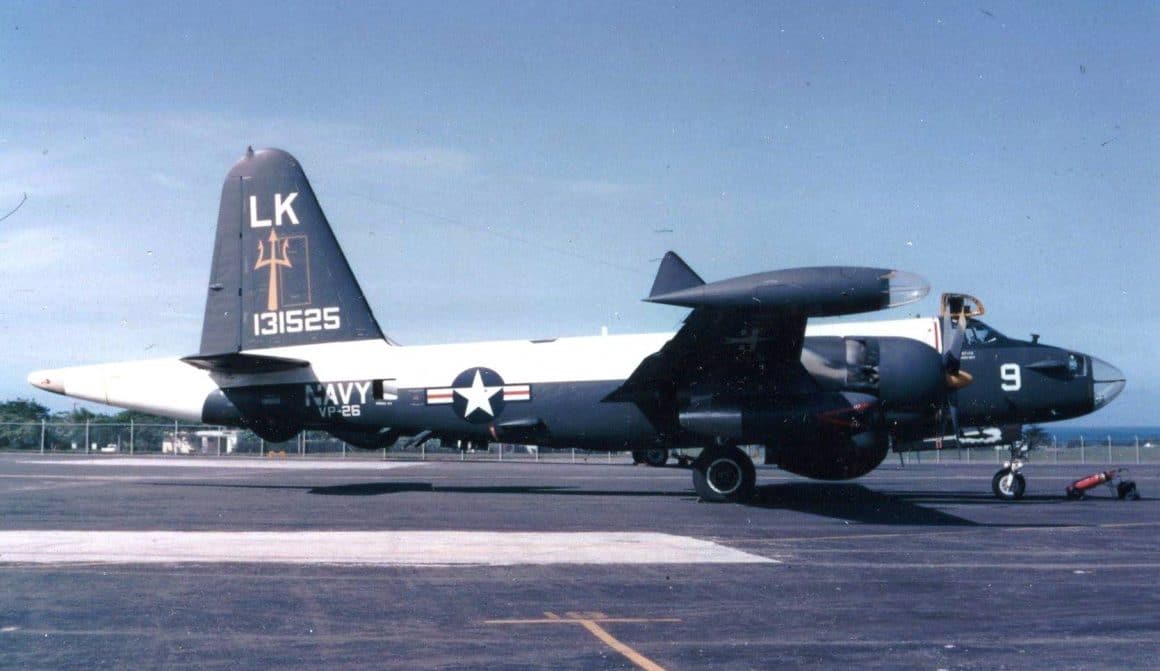The Story of the Navy’s Best Kept-Quiet Cold War Boondoggle
Thefts of civilian and military aircraft for joyriding have occurred many times in the past. There’s that time US Army PFC Robert K. Preston stole a Huey and took it for a joyride around Washington D.C. Marine Corps LCPL Howard A. Foote once took a nighttime joyride around southern California in a VMA-214 Blacksheep Douglas A-4M Skyhawk. The military, for good reasons, tends to keep such thefts quiet. Perhaps the most publicized civilian joyride in recent memory occurred on 10 August 2018, when Richard Russell took off in a stolen Horizon Air Bombardier Dash 8 Q400 and flew it around the Puget Sound area before he perished when the aircraft crashed. But for sheer scale, range, raw flying ability, and relative obscurity, strap in and hold on because this one’s got them all beat.

The Aircraft in Question
Oddly enough, the story begins with an aircraft. Lockheed P2V Neptune (Model 526) Bureau Number (BuNo) 131522 (MSN 426-5403) was constructed as a P2V-5 by Lockheed at their Burbank facility and accepted for service by the US Navy on 29 July 1954. The aircraft was initially fitted with an Emerson nose turret with two 20 mm cannon replacing the solid nose of earlier variants. The aircraft retained its dorsal and tail turrets. Other changes from previous Neptune variants included larger jettison-able wingtip tanks. The starboard tip tank was equipped with a traversable searchlight slaved to the nose turret. The port tip tank was equipped AN/APS-8 radar in the nose. The aircraft also carried the AN/APS-20 search radar in a ventrally mounted housing.

Fleet Service and Early Storage
From Burbank 522 found her way first to Overhaul and Repair (O&R) at Naval Air Station (NAS) Jacksonville. From there the aircraft went west again to Fleet Aircraft Service Squadron ONE ZERO EIGHT (FASRON-108) at Burbank on 7 January 1955. The first patrol squadron (PATRON) to fly the aircraft was Patrol Squadron ONE ONE (VP-11) Proud Pegasus based at NAS Brunswick in Maine when 131522 arrived there on 15 February 1955. But, strangely, VP-11 flew the Neptune for less than a year before she was transferred to the Military Aircraft Storage and Disposition Center (MASDC) at Davis-Monthan Air Force Base (AFB) in Tucson, AZ. There she was placed in storage.

Back in the ASW Game and Bolting On More Power
Four months later on 19 March 1956, 131522 was transferred to VP-16 War Eagles at NAS Jacksonville. On 28 February 1957 the aircraft was transferred to the NARTU (Naval Air Reserve Training Unit) based at NAS Anacostia in Washington D.C. Nearly a year later on 3 March 1957 the patrol bomber was sent back to Lockheed for rework to P2V-5F specification. More power was bolted on, with a pod-mounted Westinghouse J34 jet engine added under each wing and the radial piston engines replaced with more powerful Wright R-3350-32Ws. The jet and piston engines both burned Aviation Gasoline (AVGAS). Four of the underwing rocket pylons were removed but payload was increased to 10,000 pounds.

Heavy Mining and Globe-Trotting
After rework, BuNo 131522 emerged as a P2V-5F and was sent to O&R at NAS Alameda on 25 May 1957. From there the aircraft crossed the country for more O&R, this time as NAS Norfolk. Most likely this time was used to make modifications necessary to enable the aircraft to carry out airborne mining missions, because on 27 March 1958 she was transferred to Attack Mining Squadron ONE THREE (VA[HM]-13) on the island of Malta in the Mediterranean. Upon return to CONUS on 30 November 1958 131522 went to NAS Chincoteague in Virginia for service with the Naval Air Ordnance Test Station (NAOTS). Active duty beckoned again in 1959, and the Neptune first answered the call on 31 January 1959 with VP-24 Batmen (formerly VA[HM]-13) out of frigid NAS Keflavik in Iceland. The next assignment for 131522 was with another fleet squadron- VP-8 Tigers out of NAS Norfolk beginning on 14 October 1959.

Back to Lockheed for Another Round of Mods
After a fairly short stint with VP-8, 131522 was flown to NAS Alameda for O&R and service with the Naval Bureau of Weapons (BuWep) on 4 January 1960. After her time in the Bay Area the aircraft headed south to Lockheed at Burbank for more rework. The nose gun turret was removed and a glass observation nose installed in its place. The dorsal gun turret was removed and its opening glazed over. The tail turret was removed and a Magnetic Anomaly Detection (MAD) boom was installed in its place. Crew accommodations and wingtip tanks were revised as well. By the time work on 131522 was complete it was nearly Labor Day weekend, 1960.


If you are still trying to track down Robert Harold Swain, the P2V thief, I’m fairly certain of his origin and what happened to him. Please contact me if you are still interested.